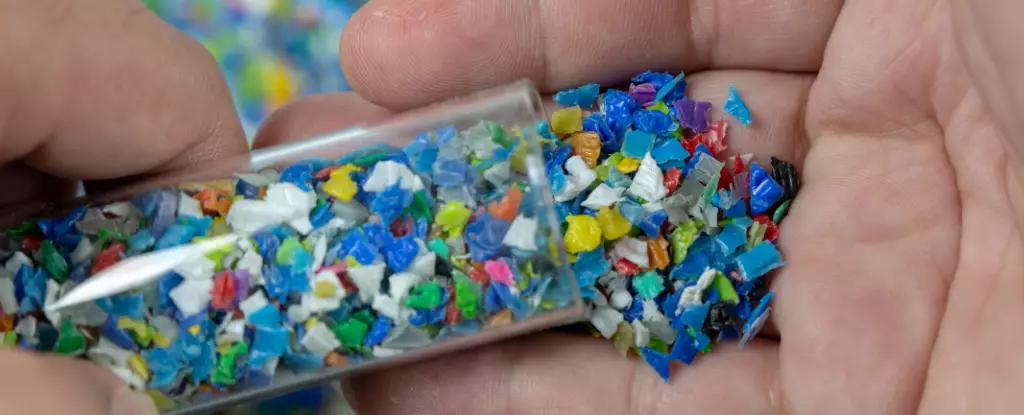In an era characterized by convenience and functionality, the pervasive presence of plastic and its chemical constituents has become an inescapable reality. The dilemma surrounding plasticizers—substances employed to enhance the flexibility and durability of various plastic products—has been brought to the forefront by recent research conducted in Southern California. This article delves into the critical findings of this research, the implications for public health, and the burgeoning awareness surrounding exposure to plasticizers.
Emerging evidence from studies undertaken at the University of California, Riverside (UCR) raises alarm about the alarming levels of plasticizers present in the environment. Toxicologist David Volz emphasizes that the typical urban resident in Southern California faces exaggerated levels of exposure to these chemicals. Captured through the analysis of specially designed silicone wristbands worn by volunteers, the research reveals pervasive contamination with several plasticizers, particularly DEHP (di (2-ethylhexyl) phthalate), DiNP (di-isononyl phthalate), and DEHT (di (2-ethylhexyl) terephthalate).
Participants from UCR wore these wristbands continuously for five days, unknowingly absorbing toxic substances from their surroundings. The resulting data indicated that an astonishing 94 to 97 percent of the plasticizers gathered were linked to these three chemicals, highlighting the predominance of specific compounds in our everyday environments. As Volz remarks, the levels of contamination discovered were higher than expected, shedding light on a significant issue that warrants immediate attention.
Notably, not all plasticizers are inherently harmful, yet several have demonstrated potential toxicity, raising acute concerns for public health. DEHP, for instance, has long been associated with increased cancer risk, reproductive harm, and developmental issues in children. While it has been banned in certain applications, such as IV bags and medical tubing, the breadth of exposure across various consumer products remains troubling.
California has responded by introducing legislation to combat the use of DEHP in children’s products, but the research indicates that these proactive measures might not suffice to shield residents from exposure. The chemical landscape is further complicated by other plasticizers like DiNP, which has been likewise identified as potentially carcinogenic, and newly introduced alternatives like DEHT, about which toxicologists admit there is much uncertainty.
The pressing concerns regarding plasticizer exposure have prompted the US Environmental Protection Agency (EPA) to reassess their toxicity status. With evidence mounting that suggests both DEHP and DiNP pose significant health risks, the need for rigorous evaluation is evident. Preliminary insights from the EPA probe into DiNP indicate potential liver damage and heightened cancer risks at elevated exposure levels.
As public awareness rises regarding the implications of plasticizer exposure, comprehensive regulatory action is essential. Increasing educational efforts about the dangers of phthalates and the products containing them may likely catalyze consumer demand for safer alternatives. Additionally, it is crucial for researchers to continue investigating the long-term impacts of both established and emerging plasticizers, ensuring that our understanding of these chemicals evolves in tandem with their pervasive presence in our daily lives.
The findings regarding plasticizer exposure in Southern California serve as a clarion call to both citizens and public health officials alike. With plastic and its accompanying chemicals woven seamlessly into the fabric of modern life, vigilance and action are imperative. As we grapple with the realities of convenience-driven materials in our ecosystems, the pursuit of sustainable and safer alternatives must be prioritized. The health of future generations hinges on our ability to confront and mitigate the risks posed by these omnipresent substances. Ultimately, awareness and proactive measures are our ultimate allies in this escalating public health crisis.



Leave a Reply